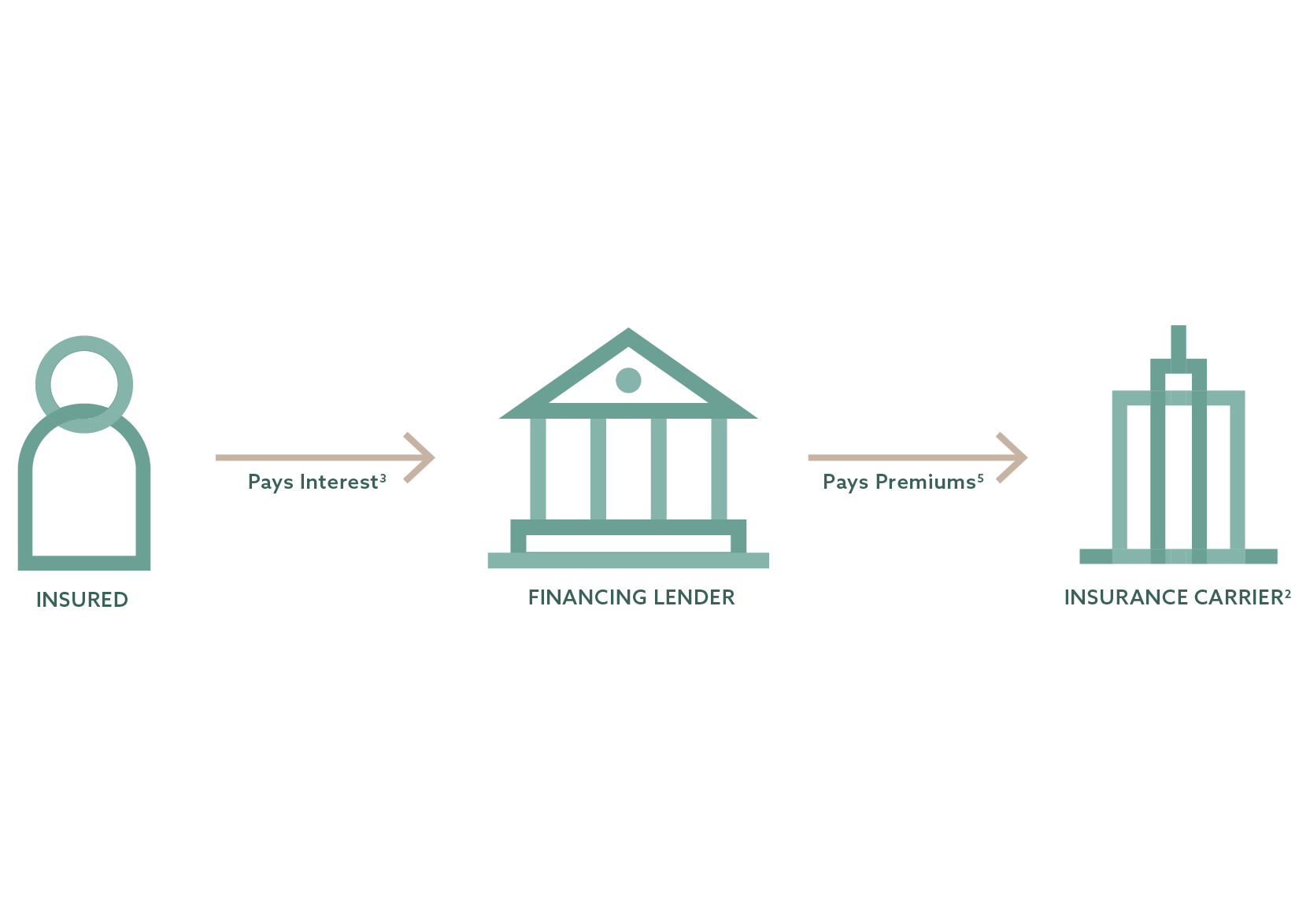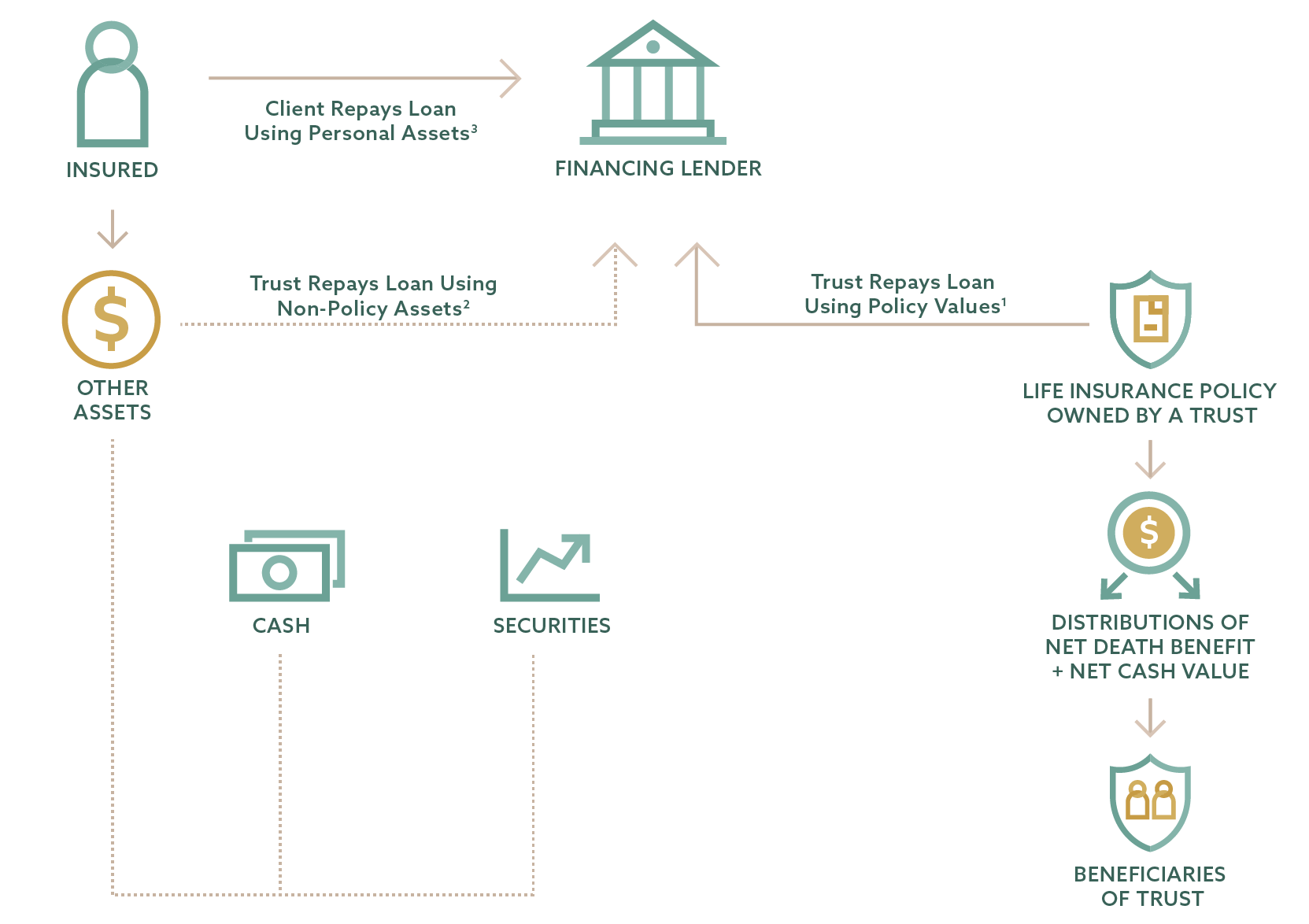STEP 1/6
Introduction to PF + Advisor Education
We start with a thorough overview of our approach, introducing select advisors to the M+ method. During this phase, we share knowledge and provide instructions for the next steps prior to client introduction.
- Review Concept + Sample Cases
- Send Opportunity Analyzer


















